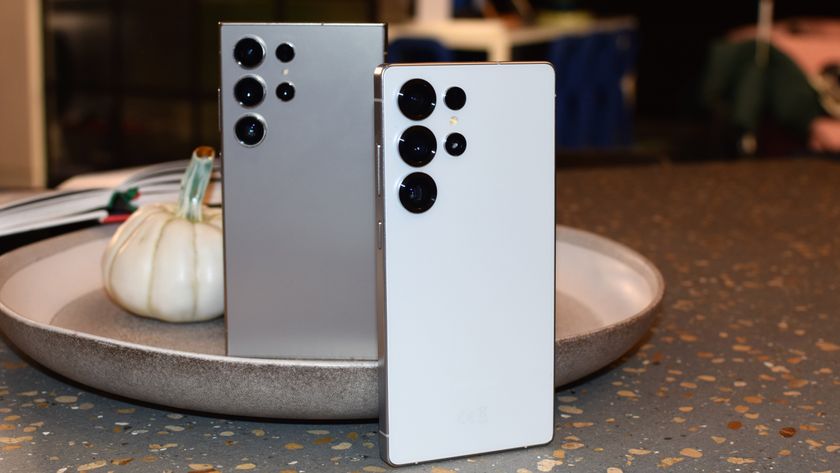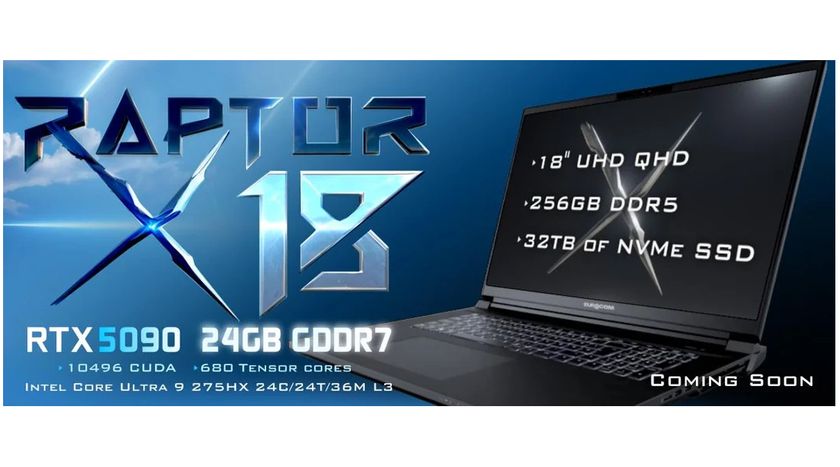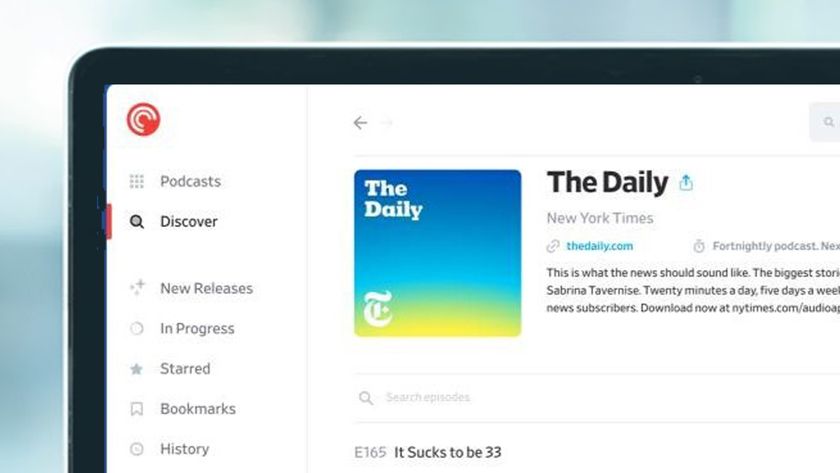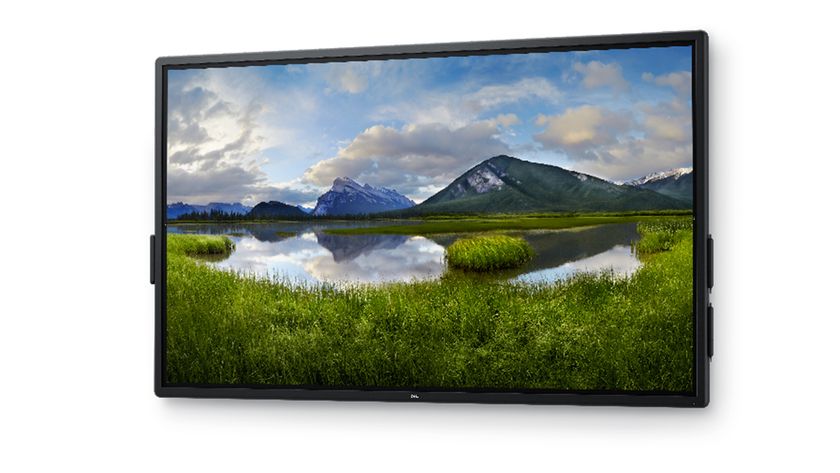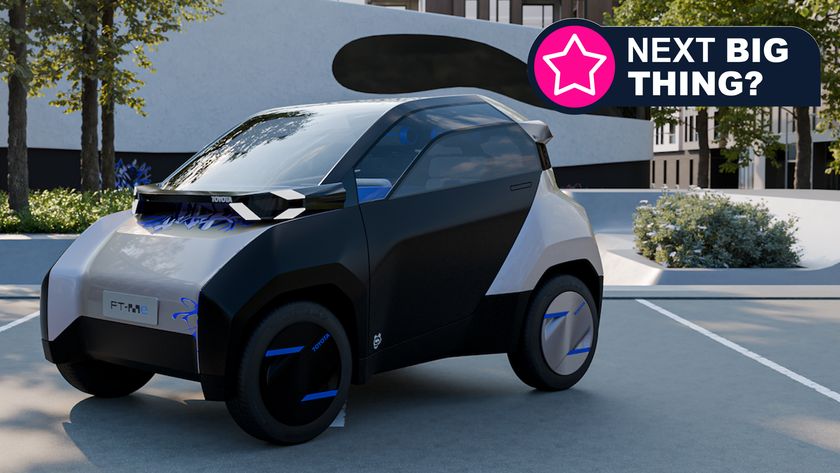Apple iTV: how Apple's television will really work
Our vision of the Apple TV that's more than just a box
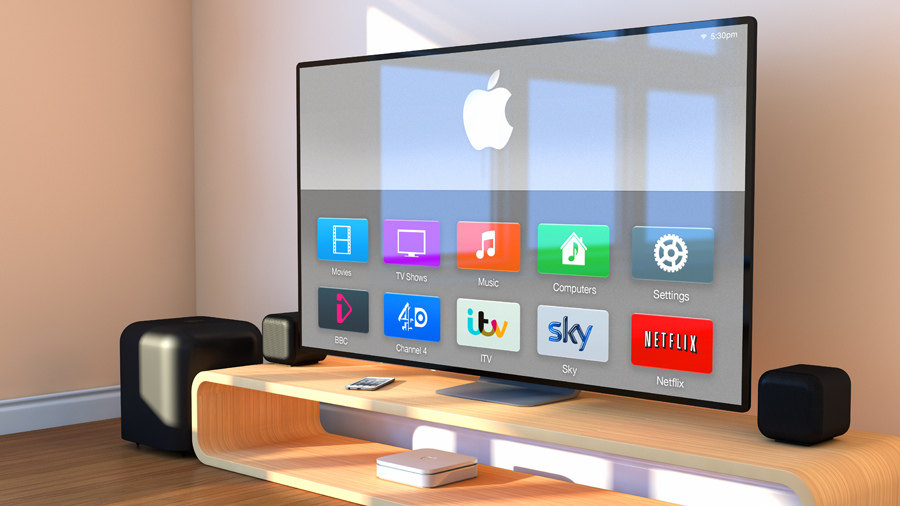
We all have our own idea about what an Apple-branded television would, or perhaps should, look like. And those of us who have spent more time thinking about it than is strictly necessary, given that it's still a rumour, also have an idea of the features it will have and what we'll be able to do with it besides watch TV.
We put our heads together in the office, and after a long, and only occasionally rancorous, discussion came up with our idea of what the Apple iTV will be like. We threw out some lovely ideas because, while they'd be fun, they're either not practical or the technology isn't quite right yet.
We included others which may be unlikely but are technically possible. (What's the purpose of an exercise like this if not to have some fun and dream a little?) We've even worked out how the remote control could work and how the successor to the existing Apple TV could solve that perennial flat-screen TV problem: poor audio quality.
- Apple Mac mini review
- 21-inch iMac review
- 27-inch iMac review
- 11-inch MacBook Air review
- 13-inch MacBook Air review
- 13-inch MacBook Pro review
- 15-inch MacBook Pro review
- MacBook Pro 13-inch with Retina display review
- MacBook Pro 15-inch with Retina display review
- New MacPro
It goes without saying that an Apple television would look stunning, but there's a great deal more to it than that. We think the TV we've come up with knocks the socks off anything else on the market and if Apple were to launch one today, we'd be first in the queue, credit cards at the ready.
Introducing Apple iTV
Remote control
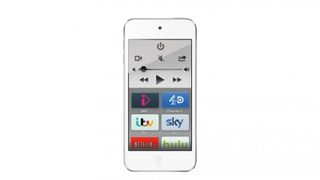
At least in terms of interaction, the remote control is perhaps the most important part of the TV, and we think there are a couple of possible options for it. One is a slim aluminium remote similar to the one Apple uses for Apple TV. If it went down this route, we think the remote would have a mic for Siri and connect with Bluetooth low energy.
The other option would be a new iPod touch. It would have a touchscreen interface, allowing you to swipe, tap, and type to control the Apple TV. It too would have a microphone for Siri. Putting the Siri mic in the remote rather than the TV would mean that only one person could control the television at a time, which is essential in our view.
Finally, in keeping with Apple's focus on simplicity, the remote would also have an infra-red transmitter so that it could also be used as a universal remote for other devices you may own.
Get daily insight, inspiration and deals in your inbox
Sign up for breaking news, reviews, opinion, top tech deals, and more.
Channels
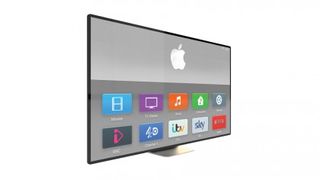
In our view, Apple's television won't have channels in the traditional sense. Apple's purpose in producing a TV is selling content and services, so it will want to ensure you use it to watch and listen to content it provides.
For that reason, we envisage channels as apps. In the same way that Apple TV currently has apps for Major League Baseball, The Wall Street Journal, and Netflix, so the Apple television will have apps for BBC, ITV, and so on. Those apps will either be made by Apple in partnership with content providers, or by the providers themselves, in the same way as they develop apps for iOS.
We think the former is more likely; consistency is even more important on a television than it is on a tablet. Expect to see apps for major channels and for catch-up and on-demand services. You will also, of course, be able to buy and rent movies and TV programmes from the iTunes Store.
As with the second- and third-generation Apple TV, you won't be able to download those movies and programmes to the television, you'll have to stream them from Apple. You'll also be able to connect a Sky+, Virgin Media, Freeview, or YouView set-top box to the television, allowing you to watch those channels to which you subscribe or which are free-to-air.







